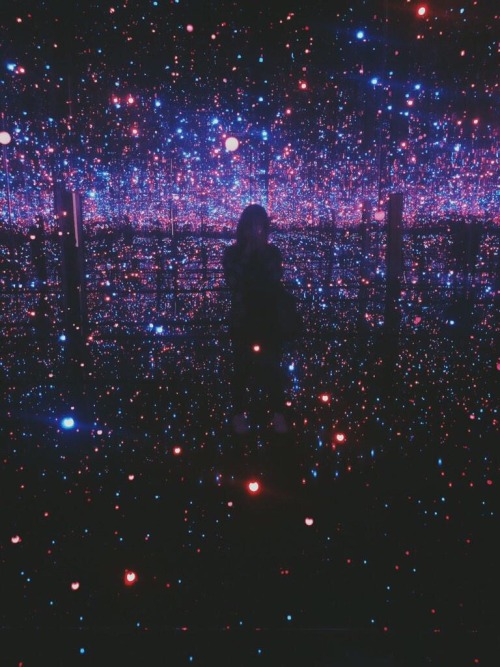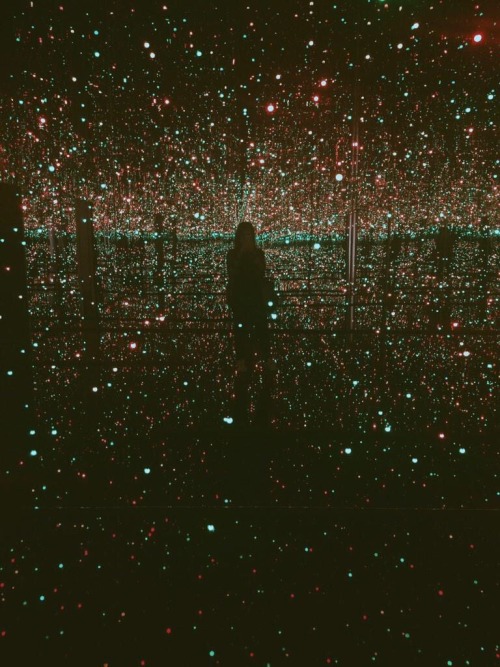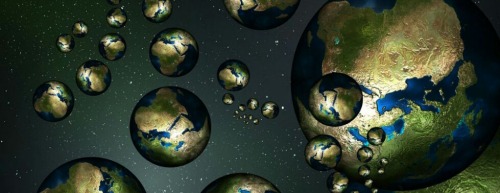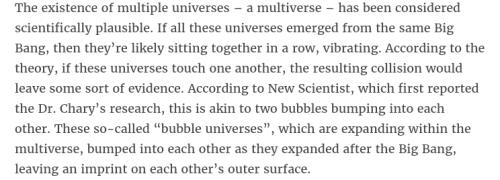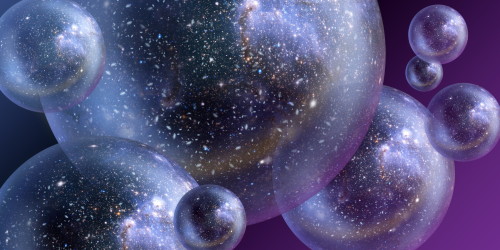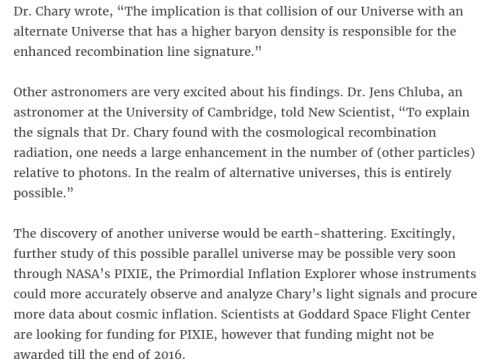If Young Wizards Characters Had Tumblr Blogs:
If Young Wizards characters had Tumblr Blogs:
Nita: A “hipster blog” of sorts with flawless color coordination and all sorts of cheerful posts: beautiful landscapes, inspiring quotes, book reviews, and so on. The pictures of cats, whales, and birds are tagged like they’re the selfies of her close friends. Because they are.
Kit: The geekiest and most exhaustive space blog you’ll ever see. If Mars were to be blown up, it could be rebuilt with perfect accuracy with nothing but the posts about it on his blog. Also reblogs a lot of Dairine’s science-fiction-related posts, and he and Nita are one of those Cute Couples On Tumblr.
Dairine: A fandom blog devoted to Star Wars, Star Trek, and all other things science fiction. Very passionate and argumentative about everything; strongly held opinions get her into a lot of protracted Tumblr debates. Gets into arguments with Roshaun a lot, especially.
Carmela: A glorious, thoroughly disorganized mess of recipes, fashion, NSFW posts, anime, and life advice. Sends Kit a lot of deliberately weird asks.
S’reee: Friendly reblogs of her friends’ posts, interspersed with long, incomprehensible audio posts like remixed whalesong (which they are). And discussion of conservation issues.
Filif: Primarily devoted to very colorful fashion photosets, with the occasional picture of a flower tagged “nsfw.”
Sker’ret: One of those people who reblogs just about everything he comes across, with great enthusiasm. All of those legs lend themselves well to some truly epic keysmashing when he’s excited about something.
Roshaun: Exhaustingly long rants (never, ever put behind read-mores, either), occasionally interrupted by food porn posts, fashion, and impromptu lectures on stellar dynamics. And failed attempts to comprehend memes (“Imagine how is touch the sky” reduced him to nothing but rows of question marks eventually. It doesn’t translate to the Speech well).
More Posts from Outofambit and Others
rebloging from my main blog.
This is the first place I ever found Young Wizards fandom
And I don’t want to lose you, cousins, so I’ve made us a Lifeboat, if you will.
https://discord.gg/83Fz8KM
I’ve never heard of us having a discord server, but if an established one already exists, please someone link me.

from The Memory Palace, by Nate DiMeo


Kepler Mission Analysis Shows Reduced Number of Earth-Sized Planets in Field of View
A large number of worlds found by NASA’s Kepler alien planet-hunting space telescope are probably significantly larger than scientists previously estimated, a new study suggests. Using a galaxy similar to our own Milky Way, the image above shows the scale of the distances for the sample of stars with planet candidates described in a new study by scientists using the Kitt Peak National Observatory Mayall 4-meter telescope . The circled dot represents the position of the sun in the Milky Way, and the stippled cone shows how far away the new candidate stars are (2800-7000 light years), compared to the size of our galaxy.
The Kepler Space Telescope has spotted more than 2,700 potential exoplanets since its launch in 2009, and scientists using the Kitt Peak National Observatory categorized the home stars of many of those planet candidates for the past three years. In particular, the researchers made detailed follow-up observations of 300 of the stars Kepler found likely to be harboring exoplanets.
The Kepler satellite, in orbit around the sun, stares at a region of the northern hemisphere sky sandwiched between the bright stars Vega and Deneb. Attached to the telescope is the largest imaging camera ever flown into space—16 million pixels—the only instrument on the telescope and the one used to monitor all the stars in its search for planets. Planets are detected if they pass in front of their parent sun, causing a very slight dip in the star’s brightness. When this dip repeats periodically, it reveals the presence of a possible planet, the length of the planet’s “year”, and other information.
One of the main findings of this initial work is that our observations indicate that most of the stars we observed are slightly larger than previously thought and one quarter of them are at least 35 percent larger,” astronomer and leader of the study Mark Everett said in a statement. “Therefore, any planets orbiting these stars must be larger and hotter as well. By implication, these new results reduce the number of candidate Earth-size planet analogues detected by Kepler.”
Read

Fun fact of the day
“Even without the high angle of a few moments ago to give the Sun something to reflect from, there was no mistaking the small, angular shape hunkered down against the rising ground in the near distance, its little camera pole sticking up…
…there was no use kicking up more dust on the hardworking little machine- it had more than enough trouble with what the winter dust storms left layered on its solar panels. The scientists at NASA had for the past couple of years been surprised and pleased that the Spirit and Opportunity rovers had managed to keep working for so long: mostly, they theorized, because of passing dust devils that blew the accumulated storm dust off them. The wizards who came up here every now and then with cans of compressed air and puffer brushes while the probes were asleep were delighted to let the scientists think that- and careful not to remove enough dust at any one time as to make them suspicious.”
-Diane Duane @dduane, A Wizard of Mars

Finally! A black hole that you can visit and survive!
Want a trip through a black hole without having to experience that pesky death? You’re in luck. There’s a special kind of black hole that’s not just survivable, but might get you to another time, or another universe.
Black holes are, traditionally, the scariest things in the universe. Huge, mysterious, inescapable, they wander through the universe and eat everything that gets too close. “Too close” is defined by their event horizon. This is the point at which they go dark, because it requires so much energy to escape them that not even light can get away. Since not even a photon can cross the barrier, no event that happens inside the horizon can ever have an effect on people outside.
Unless, something very odd was going on in the center of the black hole. Most black holes spin - this is something that was discovered way back in the 1960s by physicist Roy Kerr. It wasn’t exactly a shock, because most of the material that collapses into a black hole was already spinning. Sometimes, however, the spin on Kerr black holes goes a little above and beyond. Ever spun a glass of water, or soda bottle, so that the liquid inside swirls? Sometimes, if you spin it enough, the liquid actually parts, leaving a clear center and a spinning ring of water around it. The same kind of thing can happen in Kerr black holes. Instead of a singularity at the center, there’s a ring. And you can go through the open portion of that ring without touching the gravitational crush.
What’s on the other side? A lot of people have wondered. Some people think that these kind of black holes might be our key to time travel. They might be wormholes that let us hop between different points of the universe. Or they might be portals to different universes entirely. First we’ll have to find a few, and then we’ll need a few volunteers to go through. Preferably ones that haven’t seen Event Horizon.
Top Image: NASA/JPL-Caltech
Second Image: Dana Berry/NASA
Via NASA, Astrophysics Spectator, Discovery.
Twice a year, you may experience some degree of television interference due to sun outages.
RCN I have news for you, if the sun goes out I am not going to be worried about missing Wheel of Fortune.
(Sun Outages are actually when the sun moves directly behind a TV satellite and interferes with its signal, which makes it sound like the sun is photobombing my TV, but “sun outages” just made me lol.)

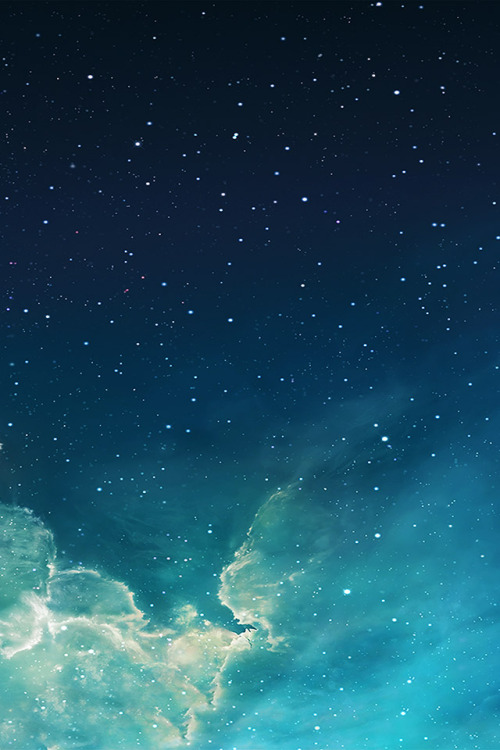


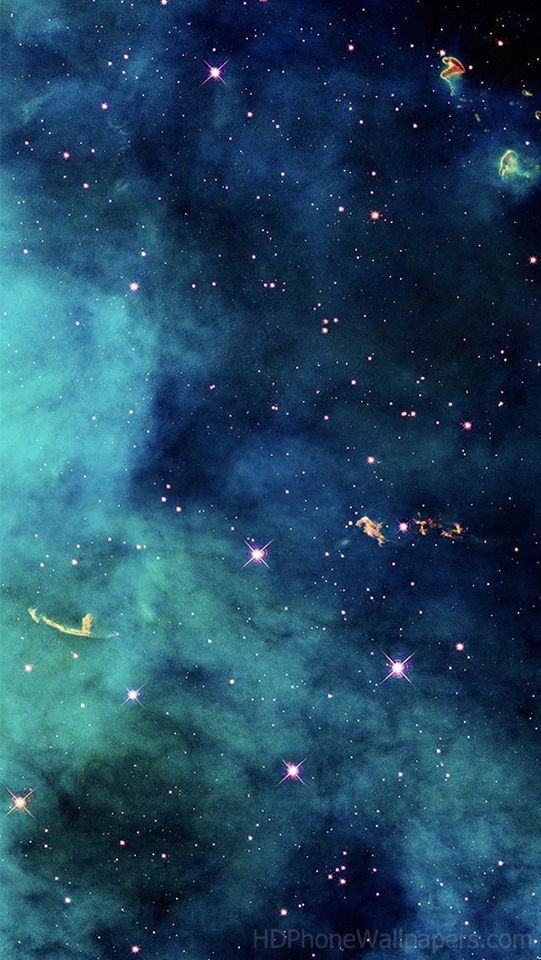

Blue
-
 smartbrained reblogged this · 4 years ago
smartbrained reblogged this · 4 years ago -
 smartbrained liked this · 4 years ago
smartbrained liked this · 4 years ago -
 a-cup-of-fantasy liked this · 6 years ago
a-cup-of-fantasy liked this · 6 years ago -
 cheshirevescent reblogged this · 8 years ago
cheshirevescent reblogged this · 8 years ago -
 clamlam reblogged this · 8 years ago
clamlam reblogged this · 8 years ago -
 empyreansea liked this · 8 years ago
empyreansea liked this · 8 years ago -
 clamlam liked this · 8 years ago
clamlam liked this · 8 years ago -
 climbergirlio reblogged this · 8 years ago
climbergirlio reblogged this · 8 years ago -
 pseudonymouscherry liked this · 8 years ago
pseudonymouscherry liked this · 8 years ago -
 izzzzzzzzzzzzzy liked this · 8 years ago
izzzzzzzzzzzzzy liked this · 8 years ago -
 sarah-in-progress liked this · 8 years ago
sarah-in-progress liked this · 8 years ago -
 separateentity reblogged this · 8 years ago
separateentity reblogged this · 8 years ago -
 separateentity liked this · 8 years ago
separateentity liked this · 8 years ago -
 kingofbackpain liked this · 8 years ago
kingofbackpain liked this · 8 years ago -
 wanderingskywatcher liked this · 8 years ago
wanderingskywatcher liked this · 8 years ago -
 in-mutual-weirdness reblogged this · 8 years ago
in-mutual-weirdness reblogged this · 8 years ago -
 geekhyena liked this · 8 years ago
geekhyena liked this · 8 years ago -
 jedi-from-mimas reblogged this · 8 years ago
jedi-from-mimas reblogged this · 8 years ago -
 skysight49 reblogged this · 8 years ago
skysight49 reblogged this · 8 years ago -
 skysight49 liked this · 8 years ago
skysight49 liked this · 8 years ago -
 theclockistickingwrite reblogged this · 8 years ago
theclockistickingwrite reblogged this · 8 years ago -
 greengargouille liked this · 8 years ago
greengargouille liked this · 8 years ago -
 plannersandfairytales reblogged this · 8 years ago
plannersandfairytales reblogged this · 8 years ago -
 mss3ng liked this · 8 years ago
mss3ng liked this · 8 years ago -
 patron-saints liked this · 8 years ago
patron-saints liked this · 8 years ago -
 isi7140 liked this · 8 years ago
isi7140 liked this · 8 years ago -
 firebreathing-bookworm liked this · 8 years ago
firebreathing-bookworm liked this · 8 years ago -
 dubiousculturalartifact liked this · 8 years ago
dubiousculturalartifact liked this · 8 years ago -
 logicalabsurdity reblogged this · 8 years ago
logicalabsurdity reblogged this · 8 years ago -
 megparsec reblogged this · 8 years ago
megparsec reblogged this · 8 years ago -
 eyrco liked this · 8 years ago
eyrco liked this · 8 years ago -
 knightreader reblogged this · 8 years ago
knightreader reblogged this · 8 years ago -
 knightreader liked this · 8 years ago
knightreader liked this · 8 years ago -
 surroundedbybooks liked this · 8 years ago
surroundedbybooks liked this · 8 years ago -
 animatedamerican liked this · 8 years ago
animatedamerican liked this · 8 years ago -
 imkerfuffled reblogged this · 8 years ago
imkerfuffled reblogged this · 8 years ago -
 blackhorseandthecherrytree liked this · 8 years ago
blackhorseandthecherrytree liked this · 8 years ago -
 bibliophile-scientist reblogged this · 8 years ago
bibliophile-scientist reblogged this · 8 years ago -
 bibliophile-scientist liked this · 8 years ago
bibliophile-scientist liked this · 8 years ago -
 ferociouscharm liked this · 8 years ago
ferociouscharm liked this · 8 years ago -
 dispatchrabbi reblogged this · 8 years ago
dispatchrabbi reblogged this · 8 years ago -
 leirobles reblogged this · 8 years ago
leirobles reblogged this · 8 years ago -
 leirobles liked this · 8 years ago
leirobles liked this · 8 years ago -
 in-mutual-weirdness reblogged this · 8 years ago
in-mutual-weirdness reblogged this · 8 years ago -
 in-mutual-weirdness liked this · 8 years ago
in-mutual-weirdness liked this · 8 years ago -
 mss3ng reblogged this · 8 years ago
mss3ng reblogged this · 8 years ago
A personal temporospatial claudication for Young Wizards fandom-related posts and general space nonsense.
288 posts
